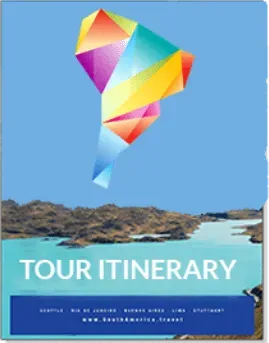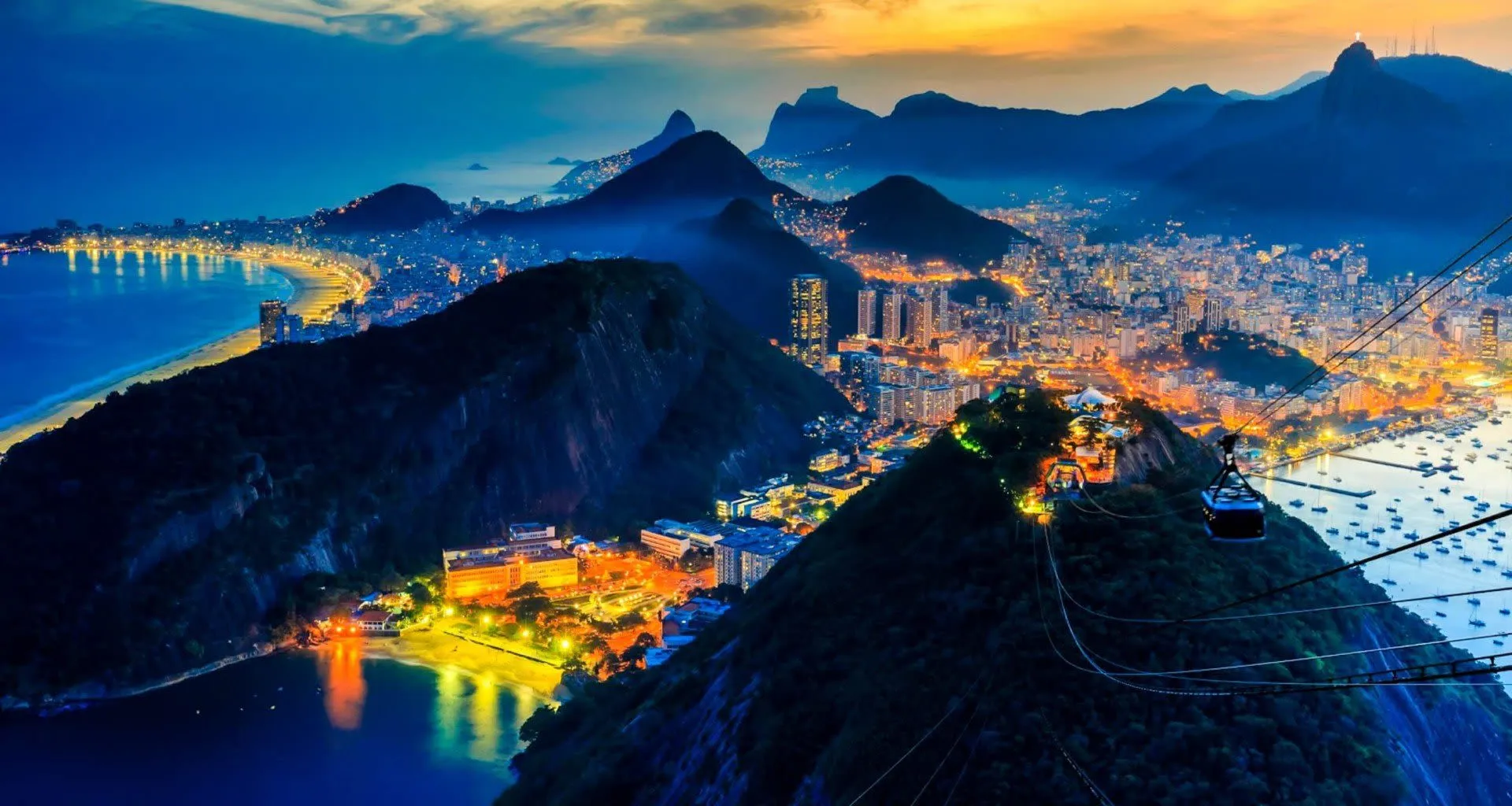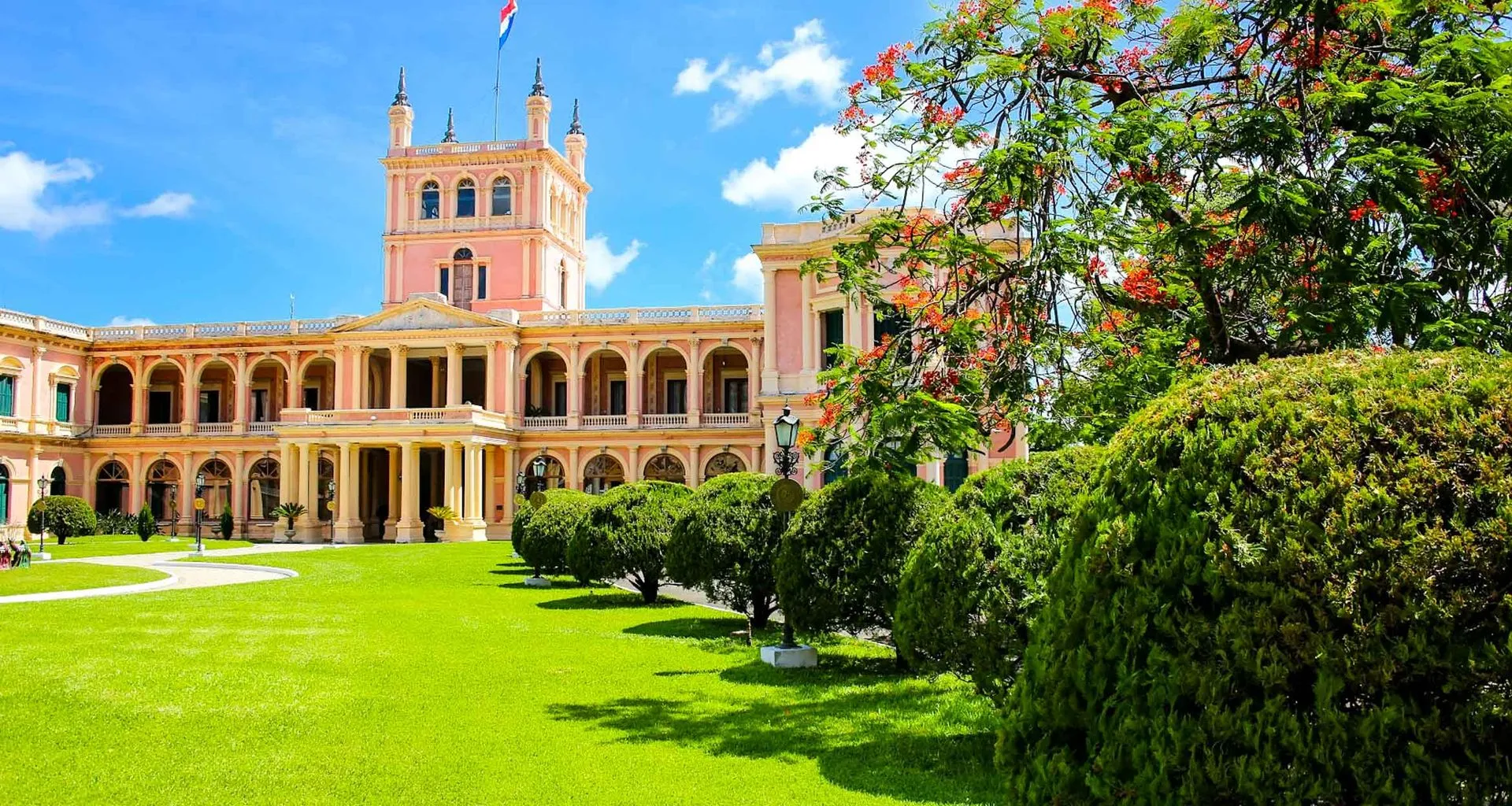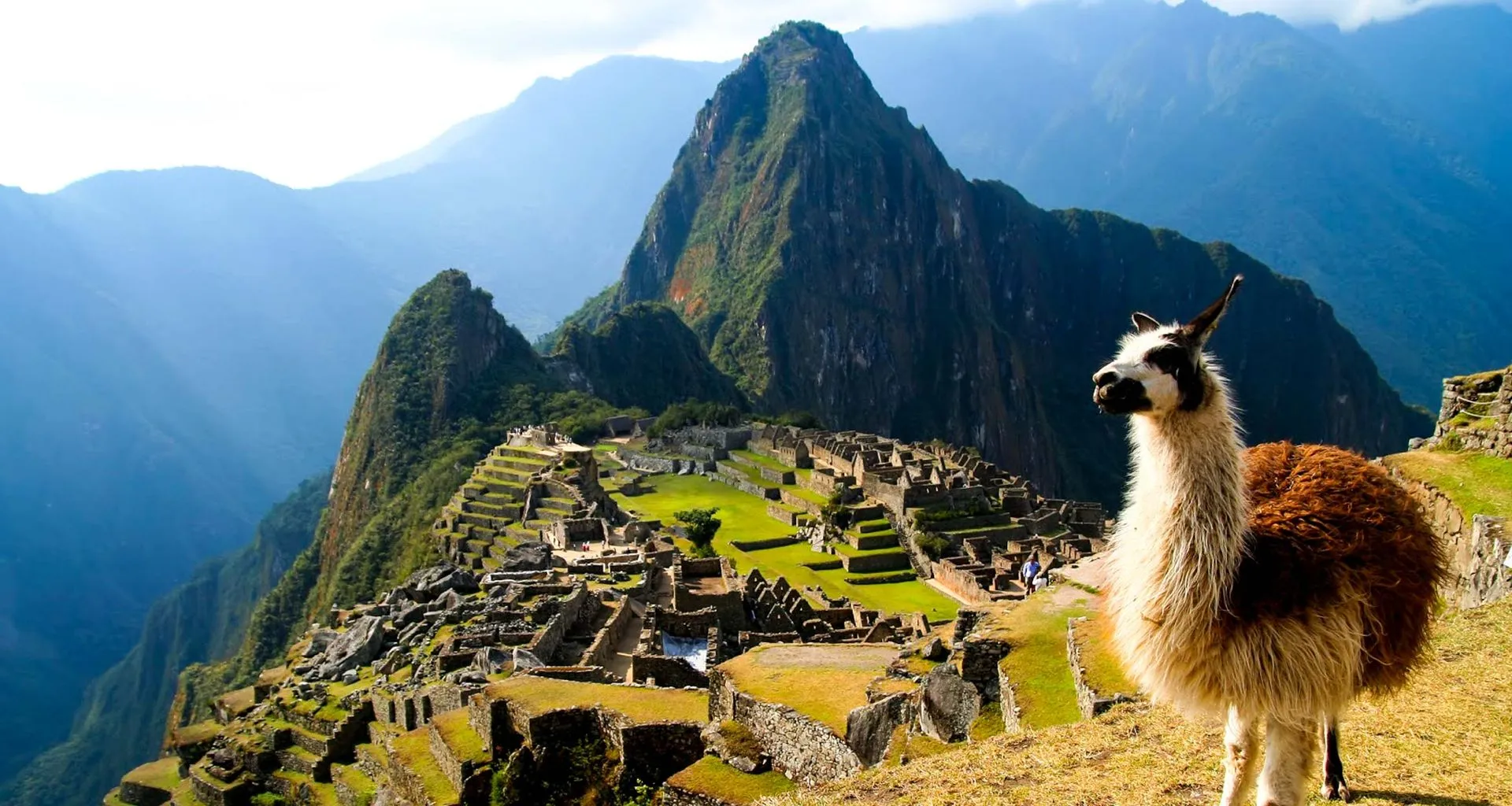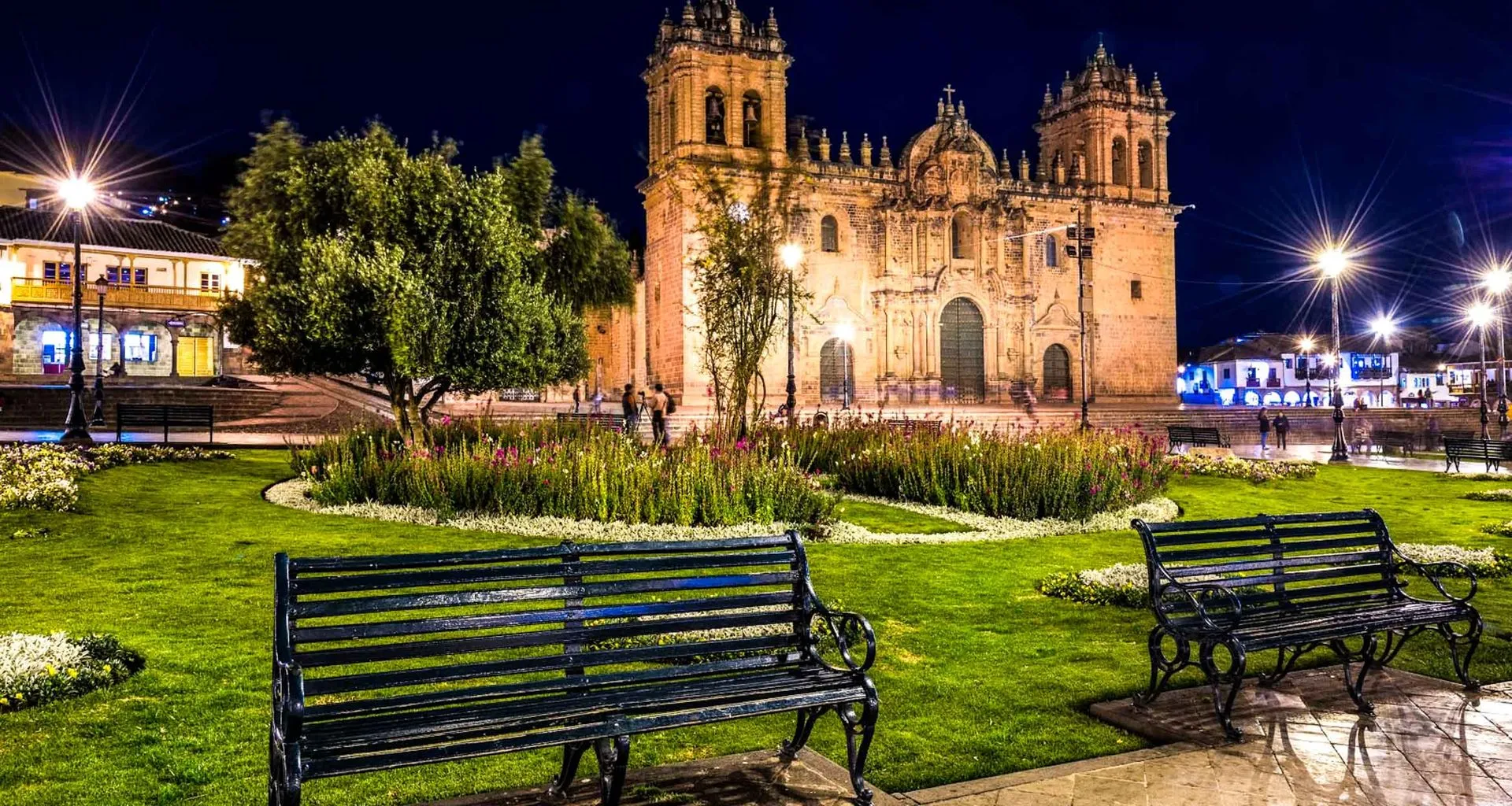The Incas, Uros, Gauchos & Cariocas Tour
From the Lost City to the Marvelous City, Plus Bolivia & Paraguay
The Incas, Uros, Gauchos & Cariocas Tour
Summary
18 Days / 17 NightsEmbark on an 18-day journey through the Land of the Incas, where the remnants of their great civilization continue to capture the imagination. From Peru to Rio, start in the City of Kings, Lima, where you’ll learn about the history of the Spanish conquistadors. Continue to the heart of Peru, visiting Cuzco, and of course, the UNESCO Heritage site, Machu Picchu. Then travel south, cross over Lake Titicaca into Bolivia, and visit the two largest cities, La Paz and Santa Cruz de la Sierra. Take a flight to Paraguay’s capital city, Asunción, and have a Guarani experience. To end this trip, visit two Brazilian highlights: Iguassu Falls and the Cidade Maravilhosa, Rio de Janeiro.
| FROM 3727 Per Person |
This tour includes: |
Highlights |
Itinerary
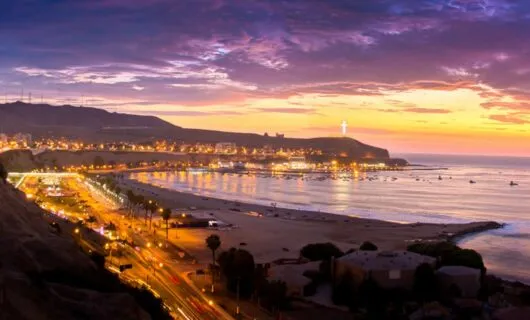
Day 1 - 2Arrive in Lima & Explore the Capital
To get a feel for colonial Lima, take a cab to the Plaza de Armas and watch the changing of the Palace Guard in the afternoon. Walk the streets surrounding the Jirón de la Unión for great examples of Spanish-colonial architecture and to get a taste for life in a large South American city. An optional city tour visits many of the city’s highlights. There are many fine museums in and around the city, including the Museo Rafael Larco Herrera, which houses an equally impressive collection of pottery, mummies and textiles from the Paracas and Nazca cultures.
The more affluent coastal districts of Miraflores, Barranco and San Isidro offer good nightlife and cafés all within walking distance. Limeños (Lima’s residents) are friendly, and the city is filled with excellent restaurants; seafood lovers in particular should be sure to try a ceviche, for which Lima is well-known.
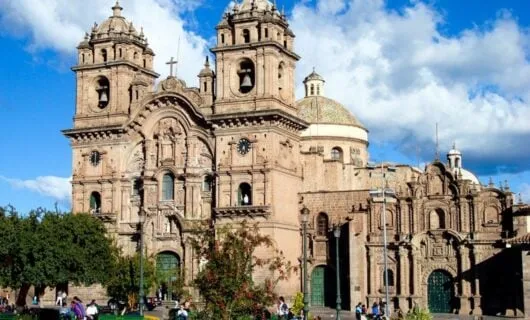
Day 3Arrival in Cuzco & City Tour
While most ruins are just outside of the city, the main ruin within is that of the Coricancha, once the Inca Empire’s richest temple. Today the ruin forms the base of the colonial church of Santo Domingo. During Inca times this temple was literally covered with gold, but within months of the arrival of the first conquistadors this incredible wealth had all been melted down. It is left to the individual imagination to envision the magnificence of the original structure.
There are several good museums in Cuzco, including the Archaeological Museum, which also houses a small art museum, the Regional History Museum and the Religious Art Museum.
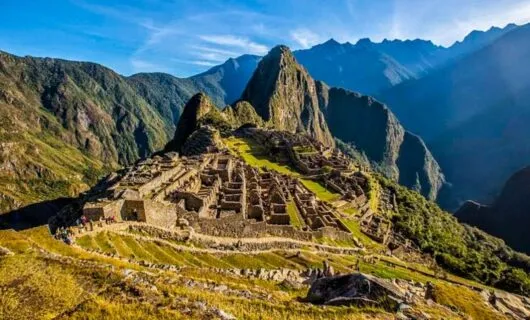
Day 4Machu Picchu Ruins Tour
Invisible from below, and entirely self-contained, Machu Picchu was not found by the Spanish Conquistadors who were wreaking havoc throughout the continent in the 16th century. The ruins were forgotten, and it was an American archeologist, Hiram Bingham, who stumbled upon them in 1911.
Short hikes from the site give some sense of its extraordinary position. A perilous ascent up Wayna Picchu, the small peak beyond the city, offers dizzying views. Machu Picchu is four hours by train from Cuzco. The spectacular rail journey will winds its way through the fertile Sacred Valley, the breadbasket of the Inca civilization where corn, fruit, an vegetables grow in abundance, with sheer mountain walls on either side, taking us to Aguas Calientes, a small, ramshackle town that is a base for travelers exploring the site.
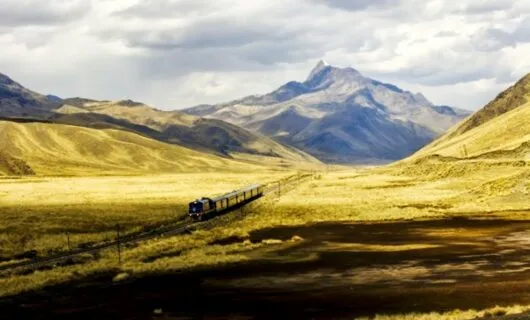
Day 5Train from Cuzco to Puno
Puno is also known for its wealth of traditional dances: there are up to 100 different varieties, usually performed in the street processions celebrating Catholic feast days. A popular optional activity in Puno is a visit to the spectacular chullpas (funerary towers) of Sillustani, a pre-Inca archaeological site. Titicaca is also the largest lake in the world above 2000m, and the views from both Amantaní and Taquile Islands are stunning.
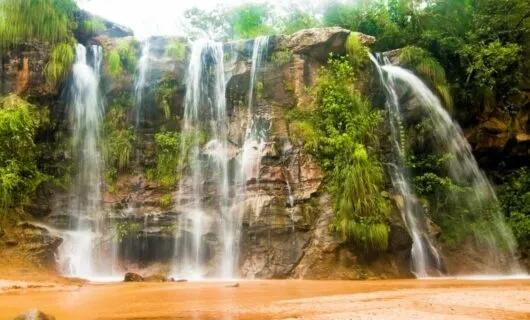
Day 6 - 7Lake Titicaca & La Paz
Explore the city’s many fine museums or its historic ecclesiastical structures, such as the Iglesia de San Francisco, whose architectural details reflect the indigenous and mestizo heritage of modern Bolivia. The city is also renowned for its many markets, including the Mercado de Hechicería (Witches’ Market), where Paceños and visitors may purchase potions and incantations made from all sorts of herbs, seeds, and secret ingredients to remedy any number of illnesses (real or imagined) and protect from evil spirits.
With streets lined with market stalls and vendors, the pace on the street and the vibrant atmosphere is an incredible experience. You’ll also find a wealth of shops selling all sorts of handicrafts, mainly alpaca wool products, silver jewellery, woven textiles and leather goods. Optional activities in La Paz include museums or a visit to the world’s highest ski resort, Chacaltaya (5600 m/18,368 ft). To the south of the city is the Valley of the Moon, with crater-like formations made of sand.
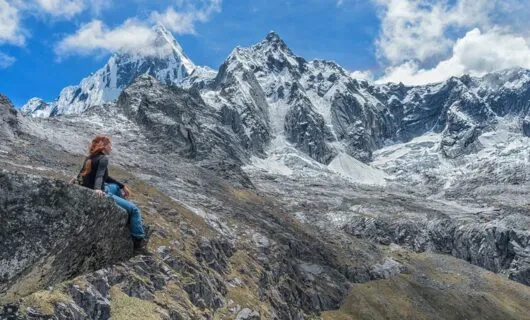
Day 8 - 9Santa Cruz de la Sierra
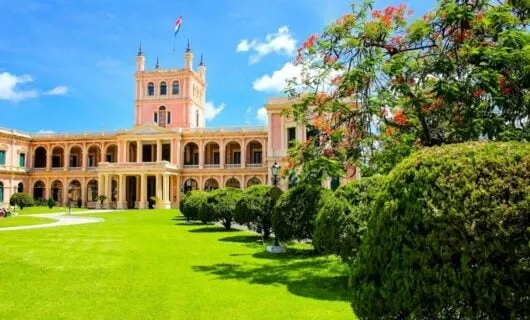
Day 10Going to Asunción
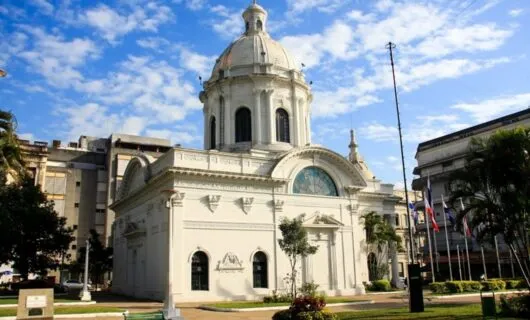
Day 11Asunción - Golden Roundtrip - Asunción
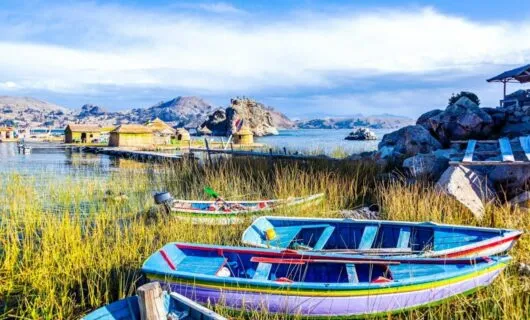
Day 12Full Day Trip: The Life of the Indigenous
After that the journey goes the Indian tribe Maká (Makas, mac’as or unclean). They live today in an Indian reservation. Main income of Makas who originally fed on with hunting, fishing and collecting honey, it is today the sale of souvenirs.
After that we will cross the Remanso bridge, that crosses the Paraguay River and connects the western and eastern Paraguay. A few kilometers away is located Villa Hayes, capital of the department of Presidente Hayes (one of the three departments of the Paraguayan Chaco). Here you visit the Museum of History, which shows uniforms, weapons, photographs and paraphernalia from the time of the Chaco War. There is also an exhibition of ancient coins and stuffed animals from the Chaco region. T
hen you will get to know another indigenous community in Cerrito, Chaco – “Toba Qom”. The Toba Qom Native community is located about 45 kilometers north of Asuncion, behind Villa Hayes. There are more than 1,000 inhabitants. This Indian group, originally from Bolivia, lives now between the rivers Mosquito and Rio Negro. Early sisters from the movement of Father Domenico Masi opened here a training center with a dining room for children, which are today still run by them.
Meanwhile, the Tobas have a school and a clinic. Their main occupation is temporary rural labor (lumberjack, cotton pickers, etc). Also they cultivate vegetables, such as pumpkin, cassava and sweet potato. Other employment is fabric of ceramics craft, guaiac or textile fibers (Caraguata).
After the visit you will enjoy lunch on the bank of the Paraguay River. The menu contains the various dishes of the river fish. Then we drive back to Asuncion.
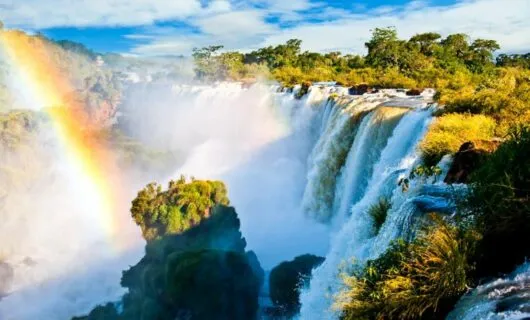
Day 13Arrive in Foz do Iguassu
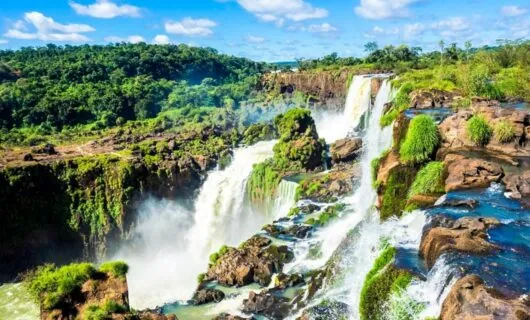
Day 14 - 15Explore the Iguassu Waterfalls
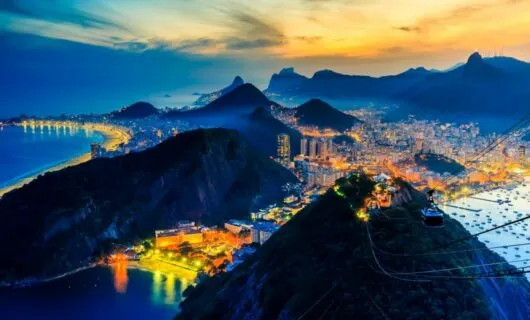
Day 16 - 18Rio de Janeiro Tour
Also spend some free time enjoying the carioca lifestyle, and at the end of your trip, depart from the Rio de Janeiro International Airport for your flight home.
Summary
Tour Highlights
-
Lima
-
Cusco
-
Machu Picchu
-
Titicaca Lake
-
La Paz
-
Santa Cruz de la Sierra
-
Asunción
-
Iguassu Falls
-
Rio de Janeiro
Included
- 17-Nights accommodations
- All breakfasts
- All tours, transfers, and entrance fees
- English-speaking guides
- First-class train or bus transportation
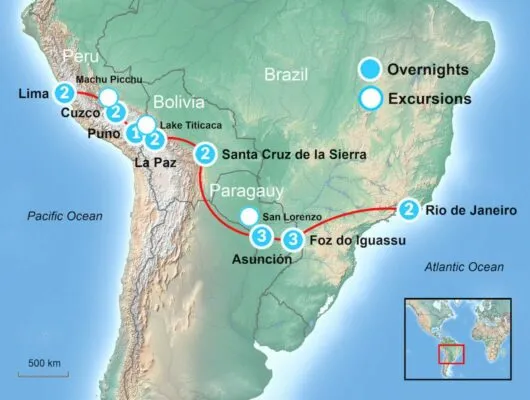
Customize Tour to
Your Schedule & Style
The Incas, Uros, Gauchos & Cariocas Tour
Thanks For Your Request!
Your request was successfully forwarded to our Travel Consultants, who will be in contact with you shortly!
Contact a Travel Expert
Sample Itinerary
DOWNLOAD ITINERARYDay 1 - 2Arrive in Lima & Explore the Capital

To get a feel for colonial Lima, take a cab to the Plaza de Armas and watch the changing of the Palace Guard in the afternoon. Walk the streets surrounding the Jirón de la Unión for great examples of Spanish-colonial architecture and to get a taste for life in a large South American city. An optional city tour visits many of the city’s highlights. There are many fine museums in and around the city, including the Museo Rafael Larco Herrera, which houses an equally impressive collection of pottery, mummies and textiles from the Paracas and Nazca cultures.
The more affluent coastal districts of Miraflores, Barranco and San Isidro offer good nightlife and cafés all within walking distance. Limeños (Lima’s residents) are friendly, and the city is filled with excellent restaurants; seafood lovers in particular should be sure to try a ceviche, for which Lima is well-known.
Day 3Arrival in Cuzco & City Tour
Day 4Machu Picchu Ruins Tour
Day 5Train from Cuzco to Puno
Day 6 - 7Lake Titicaca & La Paz
Day 8 - 9Santa Cruz de la Sierra
Day 10Going to Asunción
Day 11Asunción - Golden Roundtrip - Asunción
Day 12Full Day Trip: The Life of the Indigenous
Day 13Arrive in Foz do Iguassu
Day 14 - 15Explore the Iguassu Waterfalls
Day 16 - 18Rio de Janeiro Tour
Estimated Tour Price Without Flights
Prices vary according to several factors including: season, number of people traveling, shared vs private excursions, when you book and rooming arrangements. These are from prices based on low season.
We can customize anything for any time of year! Contact us for an exact quote for your trip.

 -
- 


Budget
From 4176 Per Person
Flights quoted separately
- Asuncion Hotel Las Margaritas
- Cuzco Terra Andina
- Foz do Iguassu Carimã
- La Paz Casa de Piedra Hotel Boutique
- Lima Allpa
- Puno Casa Andina Standard
- Rio de Janeiro Windsor Martinique
- Santa Cruz de la Sierra LP Santa Cruz
Basic
From 6542 Per Person
Flights quoted separately
- Asuncion Hotel Guaraní Asunción
- Cuzco Novotel
- Foz do Iguassu Viale Cataratas
- La Paz Europa
- Lima Estelar Miraflores
- Puno Sonesta Posadas del Inca
- Rio de Janeiro Windsor Leme Hotel
- Santa Cruz de la Sierra Cortez




 (Recommended)
(Recommended)
Superior
From 7010 Per Person
Flights quoted separately
- Asuncion Granados Park Hotel
- Cuzco Aranwa Cusco Boutique Hotel
- Foz do Iguassu Bourbon Cataratas
- La Paz Atix Hotel
- Lima Estelar Miraflores
- Puno Casa Andina Premium
- Rio de Janeiro Windsor Excelsior Copacabana
- Santa Cruz de la Sierra Camino Real
Deluxe
From 9087 Per Person
Flights quoted separately
- Asuncion La Mision Hotel Boutique
- Cuzco JW Marriott El Convento Cusco
- Foz do Iguassu Hotel das Cataratas
- La Paz Camino Real Suites
- Lima JW Marriott
- Puno Hotel Libertador Lake Titicaca
- Rio de Janeiro Hilton Copacabana
- Santa Cruz de la Sierra Los Tajibos
Note: ALL itineraries are 100% customizable to create your perfect trip!
Standard
From 3844 Per Person
Flights quoted separately
- Asuncion Hotel Las Margaritas
- Cuzco Terra Andina
- Foz do Iguassu Carimã
- La Paz Casa de Piedra Hotel Boutique
- Lima Allpa
- Puno Casa Andina Standard
- Rio de Janeiro Windsor Martinique
- Santa Cruz de la Sierra LP Santa Cruz
Superior
From 5445 Per Person
Flights quoted separately
- Asuncion Hotel Guaraní Asunción
- Cuzco Novotel
- Foz do Iguassu Viale Cataratas
- La Paz Europa
- Lima Estelar Miraflores
- Puno Sonesta Posadas del Inca
- Rio de Janeiro Windsor Leme Hotel
- Santa Cruz de la Sierra Cortez



 Superior+
Superior+
From 6216 Per Person
Flights quoted separately
- Asuncion Granados Park Hotel
- Cuzco Aranwa Cusco Boutique Hotel
- Foz do Iguassu Bourbon Cataratas
- La Paz Atix Hotel
- Lima Estelar Miraflores
- Puno Casa Andina Premium
- Rio de Janeiro Windsor Excelsior Copacabana
- Santa Cruz de la Sierra Camino Real
Luxury
From 8287 Per Person
Flights quoted separately
- Asuncion La Mision Hotel Boutique
- Cuzco JW Marriott El Convento Cusco
- Foz do Iguassu Hotel das Cataratas
- La Paz Camino Real Suites
- Lima JW Marriott
- Puno Hotel Libertador Lake Titicaca
- Rio de Janeiro Hilton Copacabana
- Santa Cruz de la Sierra Los Tajibos
Standard
From 3727 Per Person
Flights quoted separately
- Asuncion Hotel Las Margaritas
- Cuzco Terra Andina
- Foz do Iguassu Carimã
- La Paz Casa de Piedra Hotel Boutique
- Lima Allpa
- Puno Casa Andina Standard
- Rio de Janeiro Windsor Martinique
- Santa Cruz de la Sierra LP Santa Cruz
Superior
From 5120 Per Person
Flights quoted separately
- Asuncion Hotel Guaraní Asunción
- Cuzco Novotel
- Foz do Iguassu Viale Cataratas
- La Paz Europa
- Lima Estelar Miraflores
- Puno Sonesta Posadas del Inca
- Rio de Janeiro Windsor Leme Hotel
- Santa Cruz de la Sierra Cortez
Superior+
From 5945 Per Person
Flights quoted separately
- Asuncion Granados Park Hotel
- Cuzco Aranwa Cusco Boutique Hotel
- Foz do Iguassu Bourbon Cataratas
- La Paz Atix Hotel
- Lima Estelar Miraflores
- Puno Casa Andina Premium
- Rio de Janeiro Windsor Excelsior Copacabana
- Santa Cruz de la Sierra Camino Real
Luxury
From 8020 Per Person
Flights quoted separately
- Asuncion La Mision Hotel Boutique
- Cuzco JW Marriott El Convento Cusco
- Foz do Iguassu Hotel das Cataratas
- La Paz Camino Real Suites
- Lima JW Marriott
- Puno Hotel Libertador Lake Titicaca
- Rio de Janeiro Hilton Copacabana
- Santa Cruz de la Sierra Los Tajibos
